I have a visual element MyButton with a custom renderer implemented for iOS.
Shared:
namespace RendererTest
{
public class MyButton: Button
{
public Color BoundaryColor { get; set; }
}
public static class App
{
public static Page GetMainPage()
{
var button = new MyButton { Text = "Click me!", BoundaryColor = Color.Red };
button.Clicked += (sender, e) => (sender as MyButton).BoundaryColor = Color.Blue;
return new ContentPage { Content = button };
}
}
}
iOS:
[assembly:ExportRenderer(typeof(MyButton), typeof(MyButtonRenderer))]
namespace RendererTest.iOS
{
public class MyButtonRenderer: ButtonRenderer
{
public override void Draw(RectangleF rect)
{
using (var context = UIGraphics.GetCurrentContext()) {
context.SetFillColor(Element.BackgroundColor.ToCGColor());
context.SetStrokeColor((Element as MyButton).BoundaryColor.ToCGColor());
context.SetLineWidth(10);
context.AddPath(CGPath.FromRect(Bounds));
context.DrawPath(CGPathDrawingMode.FillStroke);
}
}
}
}
When pressing the button, the red boundary should become blue. Apparently the renderer does not notice the changed property. How can I trigger a redraw?

(This example is for iOS. But my question applies to Android as well.)